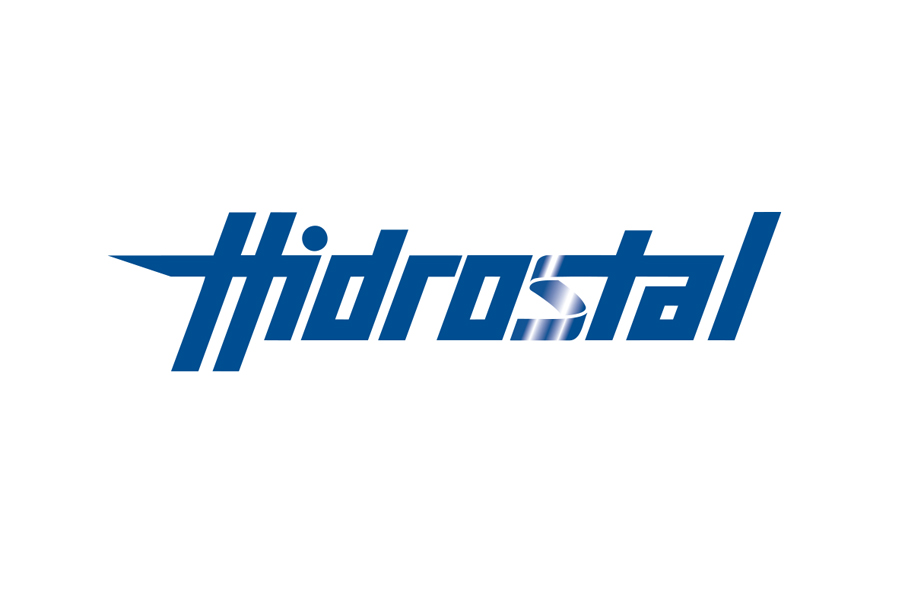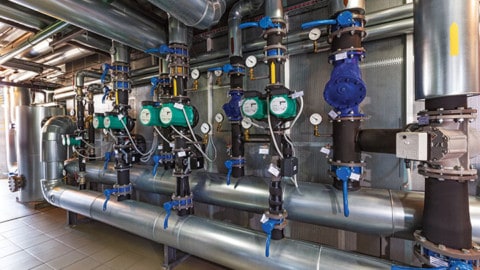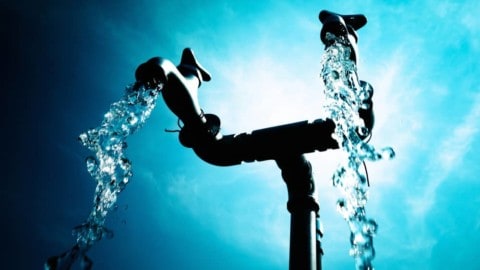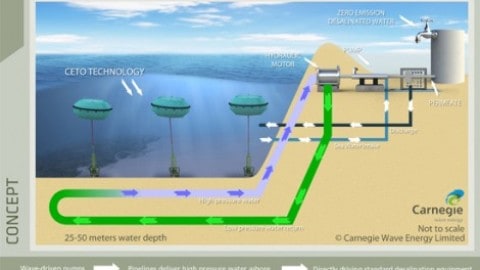
Across all industries there is a push to do more with less. To deliver growth and increase customer satisfaction while keeping costs and resources to a minimum. This is just as true in the Water Wastewater (WWW) sector, where increases in critical weather events, shortages in water resources, and growing customer base mean that there are severe impacts to the facility but also to the communities that you serve when a power outage occurs.
In this world where maintaining safe and secure drinking water and managing stormwater and wastewater are vital for ongoing public health, ensuring WWW facilities are operating efficiently and effectively is essential. To achieve this, enterprises must systematically upgrade any aging infrastructure with new, digitally connected devices which can be monitored and accessed remotely. Being able to see how all your assets are performing and behaving, in real time in the one place, brings security and peace of mind, as well as the ability to quickly identify problems and rectify them before they become a major issue.
Digitisation – a more efficient way
 Digital technologies are being used by the utilities sector to transform the way they work and better deliver services. For WWW organisations, monitoring of remote assets, such as pump stations and bores, has allowed them to better analyse collected data so they can drive better outcomes for their customers and offer more proactive maintenance schedules. This brings greater visibility, insights, and decision-making support to help maintain the best system and service for their customers.
Digital technologies are being used by the utilities sector to transform the way they work and better deliver services. For WWW organisations, monitoring of remote assets, such as pump stations and bores, has allowed them to better analyse collected data so they can drive better outcomes for their customers and offer more proactive maintenance schedules. This brings greater visibility, insights, and decision-making support to help maintain the best system and service for their customers.
It might sound abstract, but an example of this is if you want to improve the quality of your wastewater. Using digital sensors and specialised software, you can gain real-time information on water sample quality, along with device-specific diagnostics. If a pump or filter malfunctions, you’ll receive an immediate alert and be able to remedy it before it becomes a bigger problem, such as untreated sewage flowing into streams and rivers.
This is especially effective for enterprises whose assets are physically distanced. Remote monitoring of assets, via digitisation, brings about efficiencies of time and manpower. Numerous assets can be controlled and monitored by one operator sitting in a control station, rather than individual engineers being required to travel to remote assets to check them for correct operation.
Benefits of remote monitoring
 Monitoring and predictive maintenance analytics software can identify asset behavioural anomalies and equipment performance issues before any critical outages occur. Analytics and reporting reduces downtime risks by providing insights as to when maintenance should be scheduled, in advance of an unanticipated outage.
Monitoring and predictive maintenance analytics software can identify asset behavioural anomalies and equipment performance issues before any critical outages occur. Analytics and reporting reduces downtime risks by providing insights as to when maintenance should be scheduled, in advance of an unanticipated outage.
For example, pumps which are not working efficiently or effectively can cause power disturbances which can create risks to reliability that are hidden and go unnoticed. With an IoT enabled solution such as Schneider Electric’s EcoStruxure Power, WWW facilities can now takes advantage of data from connected devices, acting like a microscope on your network, continuously monitoring power performance and the asset health. There are also benefits for protecting people and supporting a safer work environment, such as ensuring drinking water is kept clean and uncontaminated and wastewater is properly treated.
Connected motor controllers, such as Schneider Electric’s Tesys T provide smart motor management, allowing control and protection of electrical motors by providing direct-online starting of blowers and pumps. These devices can also be connected to an overarching EcoStruxure architecture to provide data and analytics to help schedule preventative maintenance and ensure longevity of equipment. Solutions also exists which allow for interfacing back to existing equipment, while also being future-ready for any foreseeable upgrade down the track.
Digitisation of your assets and systems shifts operations, maintenance, and emergency responses from reactive to predictive, allowing you to use your assets more effectively and avoid unscheduled downtime. It also means that if there is an equipment failure, you can be aware of the problem immediately via an alert, rather than waiting for complaints to come in from your customers. In many cases, the problem can be fixed without end users even knowing something has gone wrong – a much better experience.
With alerts and alarms set to notify you if anything moves out of the usual parameters, digitisation can help you maintain power availability and keep your customers well serviced. You can also improve your sustainability credentials by ensuring water and energy is not unduly wasted, and offer the public accurate, measured reporting to demonstrate this.
As you can see, digitisation isn’t just about extracting data from your machines and processes, it’s about getting that data and using it to transform your operations so you can be more efficient and reliable.
This Sponsored Content is brought to you by Schneider Electric. To find out how Schneider Electric can help you improve your power availability through digitisation visit se.com/au/power-availability.


















